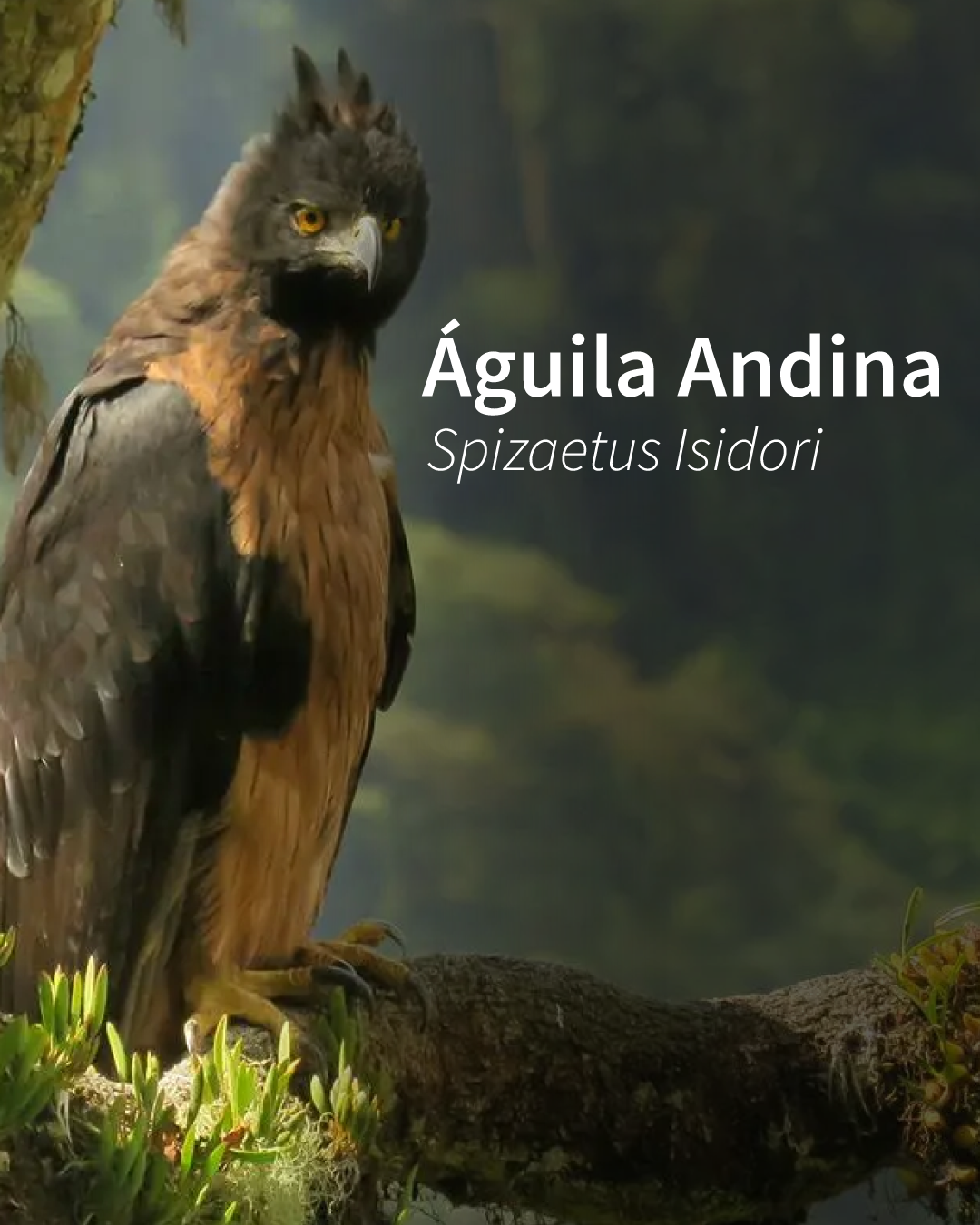Napo
Valle del Río
Quijos
The entrance to the Amazon
The Valley of Quijos is located between three national parks: Parque Nacional Cayambe Coca National Park Antisana National Park and Sumaco-Galeras. It is the gateway to the ecuadorian Amazon.
ReforestemosEcuador respalda un proyecto que nace de la iniciativa del grupo Observadores de Aves Birdwatchers Valle del Quijos. Esta iniciativa busca resaltar las maravillas naturales, la biodiversidad, los lugares arqueológicos y la rica cultura del Valle de Quijos. El propósito es que los residentes puedan complementar su dependencia de la agricultura y la ganadería con el ecoturismo, como una opción sustentable para el progreso de sus comunidades. En alianza con fincas locales, se han plantado los primeros 6000 árboles. El proyecto está enfocado en desarrollar un área de lombricultura para producir humus y mejorar la calidad de la plantación

Location

- Strengthens the local economy.
- Improves the connectivity between protected areas.
- Recovery of habitats for native wildlife.
- Contributes to the capture of carbon, helping to combat climate change.
Surface: It raises a goal of planting 50,000 trees, following the initial success of 5,000 trees planted
Location and Altitude: 0° 22' 38" S, 77° 50' 43" W, 1.696 m
Flora and fauna
Cedar (Cedrella Montana), porotón (Erytrina Edulis), along with guabas and guabillas (Inga sp), guantug (Brugmansia sp), and varieties such as palm trees, laurel, ztanco, canelo, choto, alder, and linden make up the rich botanical diversity of the Valley. This region, blessed with biodiversity, home to 288 species of birds.
It is worrying to note that between the fauna of the area, the endangered mountain tapir (Tapirus pinchaque), the spectacled bear (Tremarctos ornatus) and the andean eagle (Spizaetus Isidori) are considered in danger, which highlights the urgency of actions conservationists in the area.







Threats
The Valley of Quijos, a jewel of biodiversity in the heart of the Amazon, is facing growing threats to its natural richness due to the rapid expansion of the agricultural frontier. This trend, driven by the desire to satisfy the global demand for food and raw materials, is causing the loss of unique habitats, endangering many species endemic to the valley. In addition, the alteration of these vital ecosystems can lead to an imbalance in the water resources of the region, affecting both to wildlife and to human communities that depend on them.
CONTACTS
- Samuel Fritz And 10-47 Floor 3° Sector Dammer, Quito Ecuador
- +593 984 532 679
- guido.rada@fsembrandoesperanza.org
- Planting Hope - Copyright 2023
- guido.rada@fsembrandoesperanza.org


